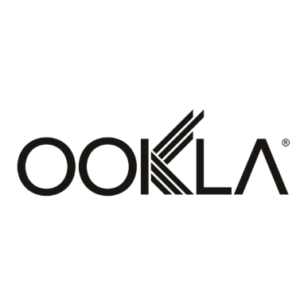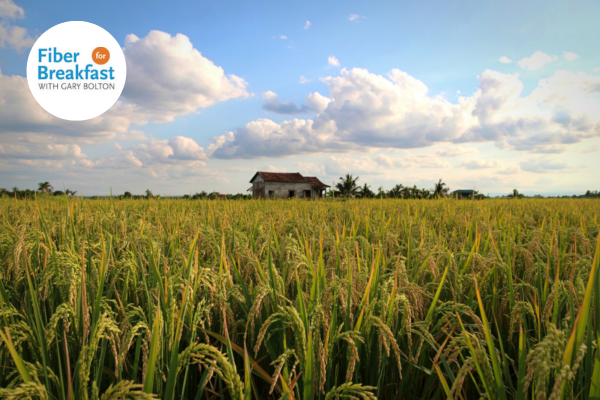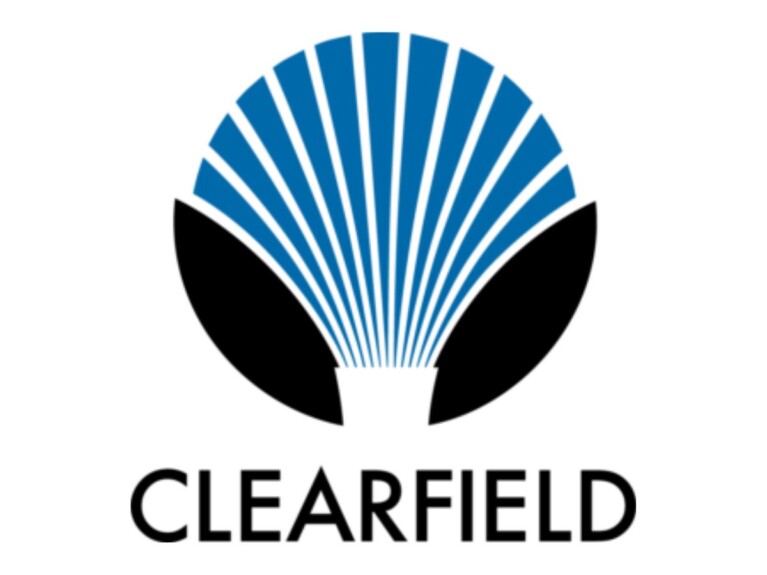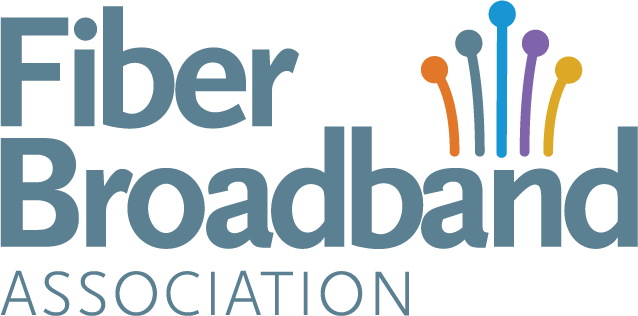FFB Week 41: How Speed Test Measurements Are Designed to Improve End-User Experiences
How Speed Test Measurements Are Designed to Improve End-User Experiences
In this week’s episode of Fiber for Breakfast, Bryan Darr, Vice President of Government Affairs at Ookla, joined Gary Bolton, President and CEO of the Fiber Broadband Association. They discussed how service providers are racing to keep up with surging demand—and how simply building connections is no longer the sole challenge. Providers must now ensure these connections can stand the test of time and deliver the promised speeds.
Broadband Watchdogs: Real-Time Data Gives States New Leverage on Network Performance
As billions of dollars in federal broadband funding begin to move toward deployment, state officials are under mounting pressure to ensure those investments actually deliver high-speed, reliable service. Real-world data gathered through Speedtest and Downdetector is increasingly becoming a powerful tool to verify performance, identify coverage gaps, and hold providers accountable.
“We’ve got a lot of information that is collected through our crowd that uses the Speedtest app,” said Darr. “It’s worth mentioning that sometimes people take a speed test when they’re having a difficult experience. Other times, they just want to make sure their connection is good—or that they’re getting what they pay for.”
Downdetector, now fully integrated into the Speedtest app, helps separate provider problems from service outages at major websites and platforms. “Very often it’s not the ISP’s issue,” Darr added. “Sometimes Netflix is having a problem, or Hulu, or even someone’s bank website is down. Understanding that is critical.”
A Critical Moment for BEAD Oversight
Even though no homes have yet been connected through the Broadband Equity, Access, and Deployment Program (BEAD), states have been laying the groundwork to track and verify network performance. Many have leaned on American Rescue Plan Act (ARPA) funds and other federal programs to expand networks across fiber, fixed wireless, and satellite.
“As BEAD really gets going and we start seeing the investments being made, states and the federal government both have a responsibility to make sure this money has been spent wisely and that consumers are getting what they paid for,” Darr explained.
For many states, that means moving beyond one-time site visits to a continuous model of performance monitoring. “Going out and physically making sure those fiber strands have been put in place is important,” Darr said. “But on an ongoing basis, that’s not realistic to fund for years. Watching the trends that take place on these networks is critical.”
Demand Growth and Network Stress
Once new networks go live, they face a different challenge: staying ahead of rising demand. Adoption rates can climb sharply within just a few years, especially as streaming and other bandwidth-heavy services become the norm.
“Think about how people use the internet for download,” Darr said. “Video is the bandwidth hog. People get home at night and turn on Netflix or YouTube. Each one of those streams is an individual playlist, and that tends to really strain network capacity.”
To help states keep pace, Ookla has built a broadband performance dashboard in ArcGIS Online. In Colorado, for example, state broadband officials can view performance data down to the Census Block Group level—tracking download and upload speeds, latency, and how those metrics evolve over time.
“This gives states an ongoing view,” Darr explained. “They can see which counties are improving, which ones are status quo, and which may actually be moving backward.”
Satellite’s Growing Role—and Risks
While fiber networks generally offer more headroom for capacity growth, satellite networks face tighter constraints. Starlink has already introduced congestion pricing in high-demand markets like Seattle and New Orleans to manage network load.
“We’re seeing Starlink charge $500 in some of the highest-priced areas,” Darr noted. In less populated regions such as Montana, Nevada, Arizona, and North Dakota, performance readings show more green—indicating good service—and even some excellent areas. But in high-congestion markets like Seattle, Portland, the Southeast, West Virginia, and Texas, the data shows more orange and red, reflecting weaker performance.
With nearly a million service locations expected to rely on satellite through BEAD, performance transparency will be crucial. “Starlink isn’t the only one,” Darr said. “Amazon Kuiper, their low Earth orbit satellite broadband network, has also been awarded a lot of service locations, and other services are coming down the road.”
Latency Becomes the Battleground
As networks scale, attention is shifting from speed to latency—especially as AI, AR/VR, and other low-latency applications proliferate.
“Once you get gigabit and beyond, it’s all about latency,” Darr remarked. “As we move into more AI, latency is king.”
Ookla expects AI itself to play a growing role in broadband analytics. “We’re tracking the kinds of experiences people have with video, gaming, and browsing,” Darr said. “AI will help us pinpoint where infrastructure needs to be improved and where networks need optimization.”
That shift could reshape how states evaluate broadband performance—not just by advertised speeds, but by how well networks hold up when it matters most.
Click here to listen to the full episode or find previous episodes of Fiber for Breakfast.




